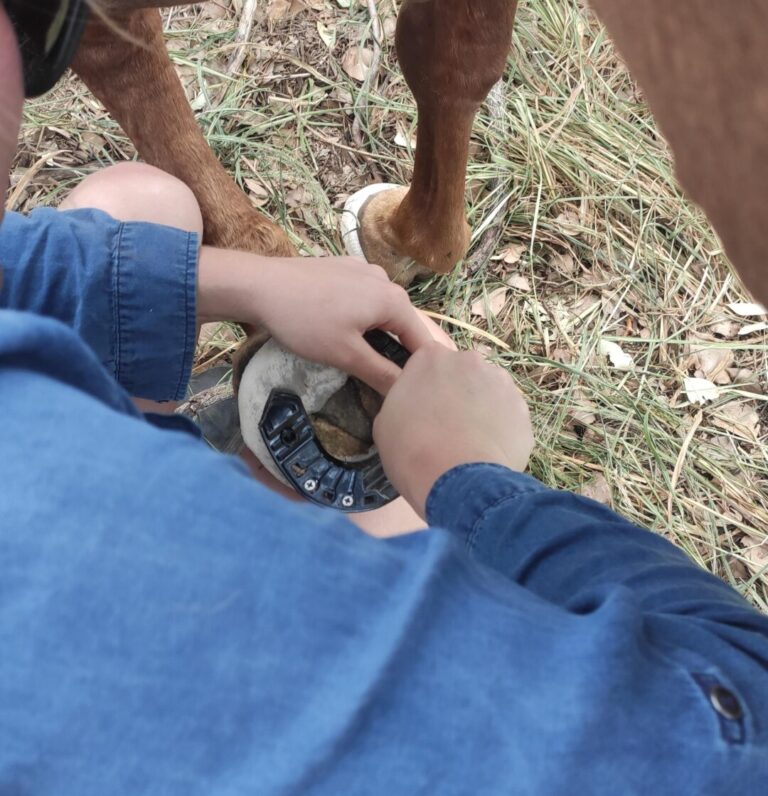
Embarking on this odyssey, we braced ourselves for what was touted to be the most challenging leg of the Azadi Far Ride to the Murray, particularly in terms of water scarcity.
Our pit stop in Goondiwindi, nestled within the stock reserve for two days, provided time we utilized for meticulous checks and ensuring our horses were well-shod.
We were delighted when Camille and Steve of Costin Horseshoes made the journey to witness the application of their shoes and see us off. A lively discussion ensued, unraveling the story behind this remarkable Aussie innovation and sparking excitement for what lies ahead.
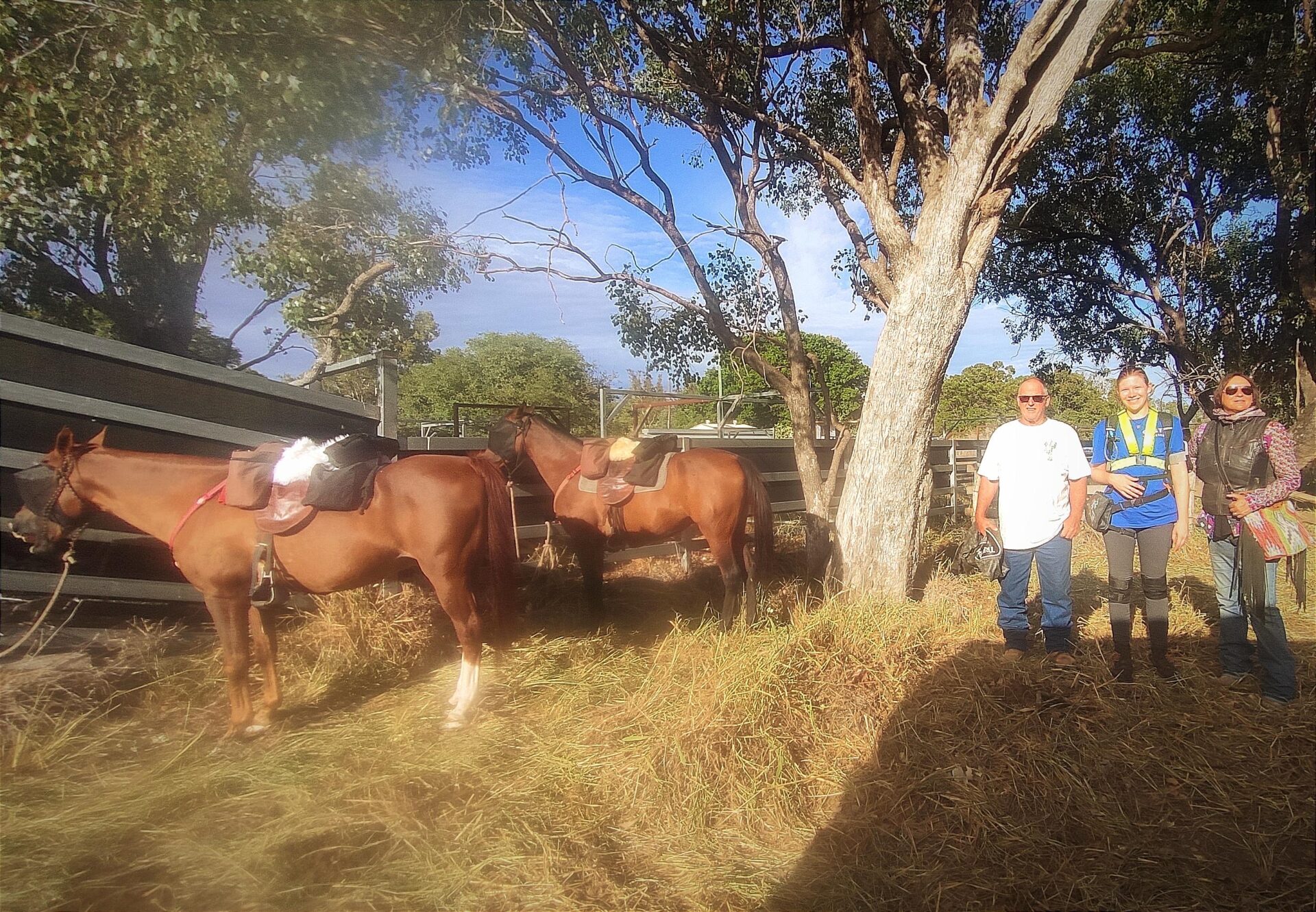
Day 1
The first leg was set to be a demanding one, stretching over 40km. Unfortunately, we underestimated the time it would take to pack down, causing a later departure.
Yet, the freshly mowed roads paralleling the highway provided unexpected ease as we journeyed. Whalen Creek emerged as a picturesque oasis, offering a much-needed respite from the day’s scorching heat. Looking back, I couldn’t help but wish we had chosen to camp there.
Our overnight spot near the North Star rest area, nestled beside a windmill, offered ample grazing grounds for our horses, though water access required some ingenuity due to severed pipes.


Day 2
The following day’s journey was shorter, 30km, leading us deeper into the stock routes and reserves, shaded by trees and surrounded by fields of ruby saltbush. However, this leg proved to be just as lengthy due to frequent stops for cacti spike removal and makeshift horse water extraction from muddy creeks. Our midday break at Croppa Creek was rejuvenating, courtesy of ice-cold water from the local council road crews.

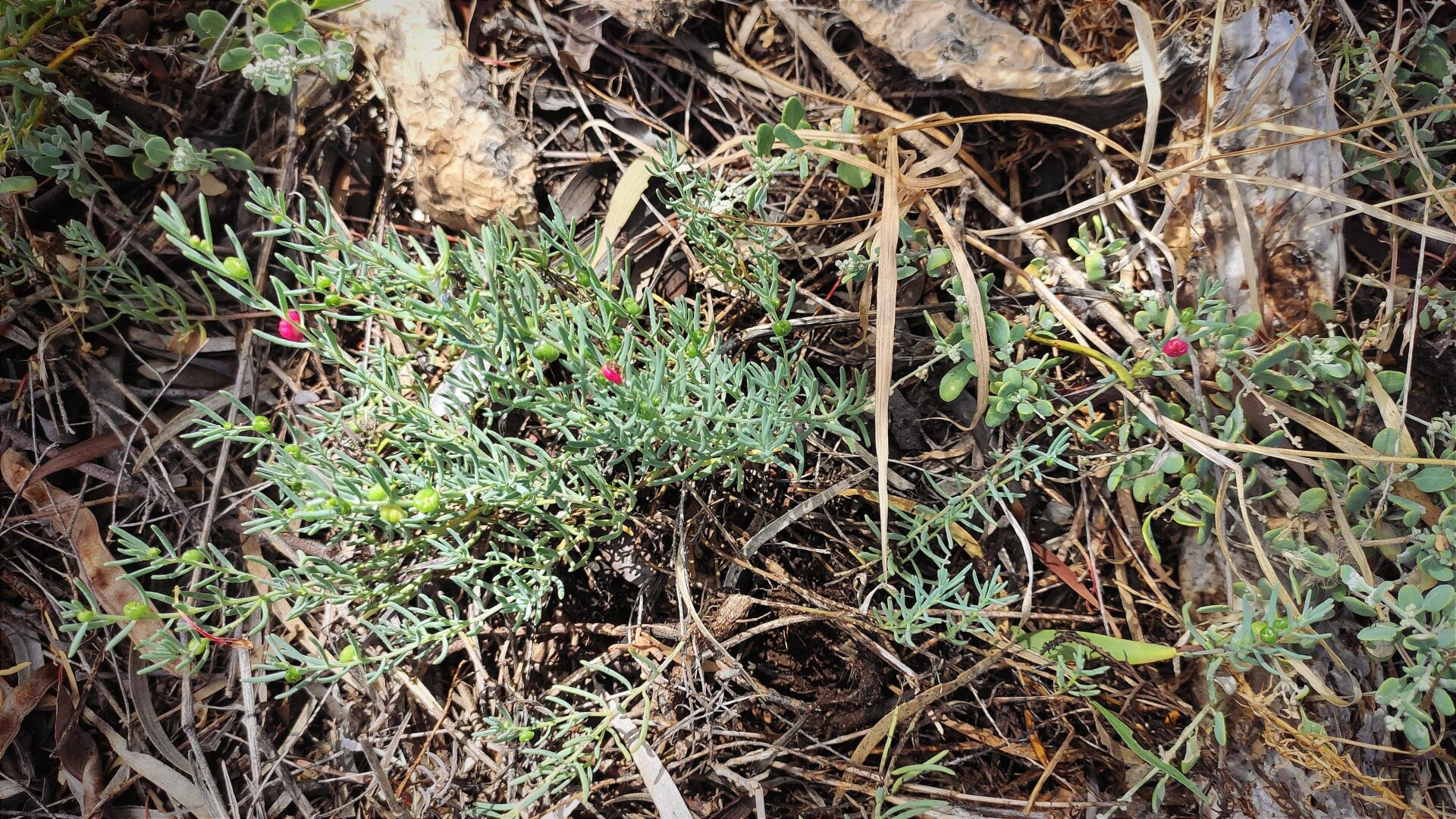
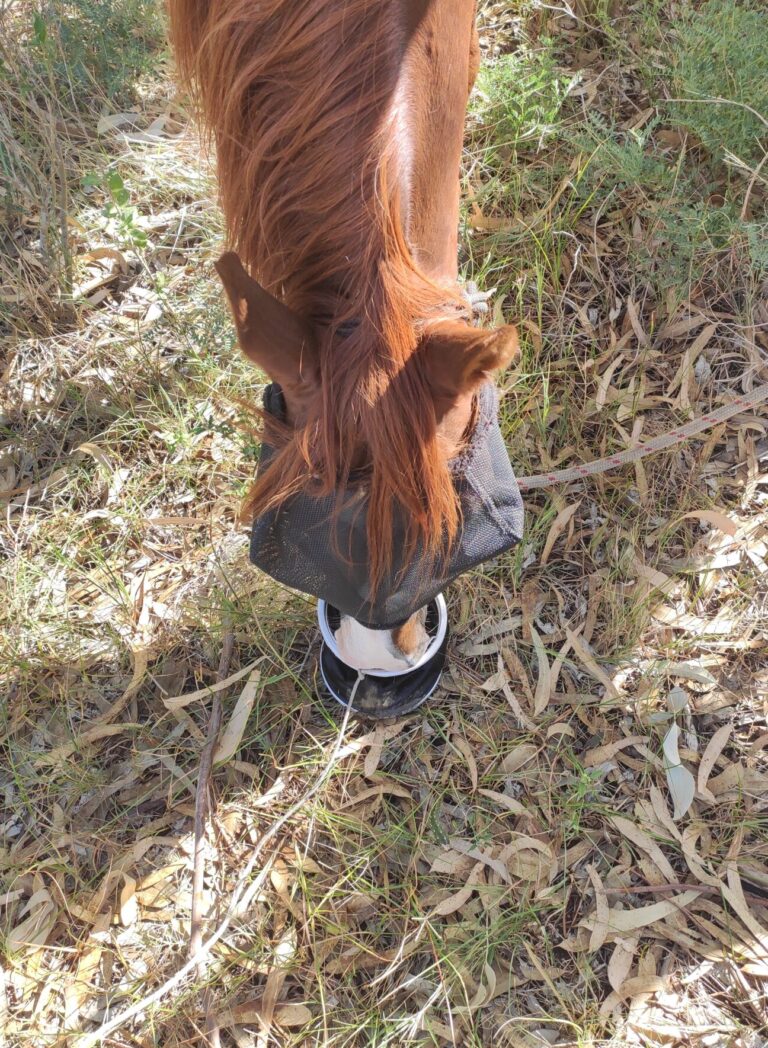
Day 3
Transitioning into the next leg (25km) of our odyssey, cacti were replaced by formidable thorny thickets, complicating our access to water sources. Nevertheless, the landscape’s rapid transformation intrigued us, and we found solace at Bunna Bunna Creek, with its plentiful water and lush grass.
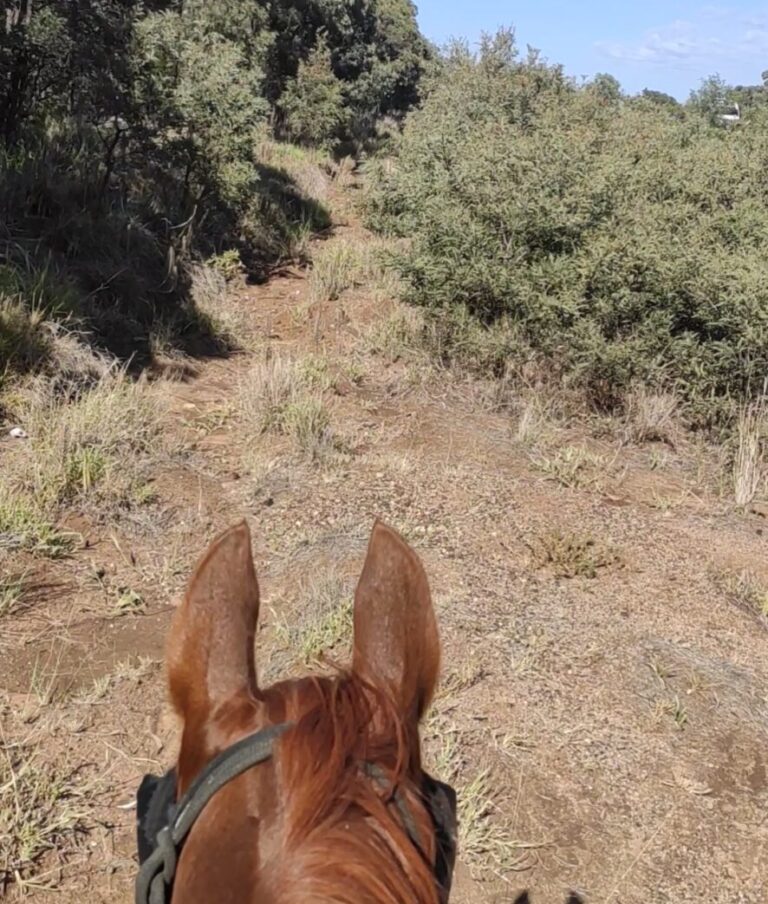

Day 4
Approaching Moree on the final stretch (22km), we sought respite at Boolooroo Rest Area, boasting sturdy cattle yards, abundant grass, and the serene Gwydir River nearby. While the rest area offered amenities, the tank for the sinks was dry, leading us to the river for water—a minor trek down a dirt path.
We opted to float the horses across the Mehi River bridge in Moree, and bypassed a lengthy detour that the stock routes demanded (14km). Our main focus is ensuring our horses get ample rest after a challenging, hot, and dry start.

Hindsight has me wishing we had chosen creeks like Whalen, Gil Gil, and Croppa as our overnight stops for a more enjoyable journey.
In retrospect, the lesson is crystal clear: when a spot boasts grass, shade, and water, seize the opportunity! We’ve updated our map to guide fellow adventurers, ensuring they make informed choices along similar paths. As for us, future overnight stops will be chosen with newfound wisdom.
The odyssey continues, each leg teaching us invaluable lessons as we traverse the rugged beauty of the Australian stock routes!


